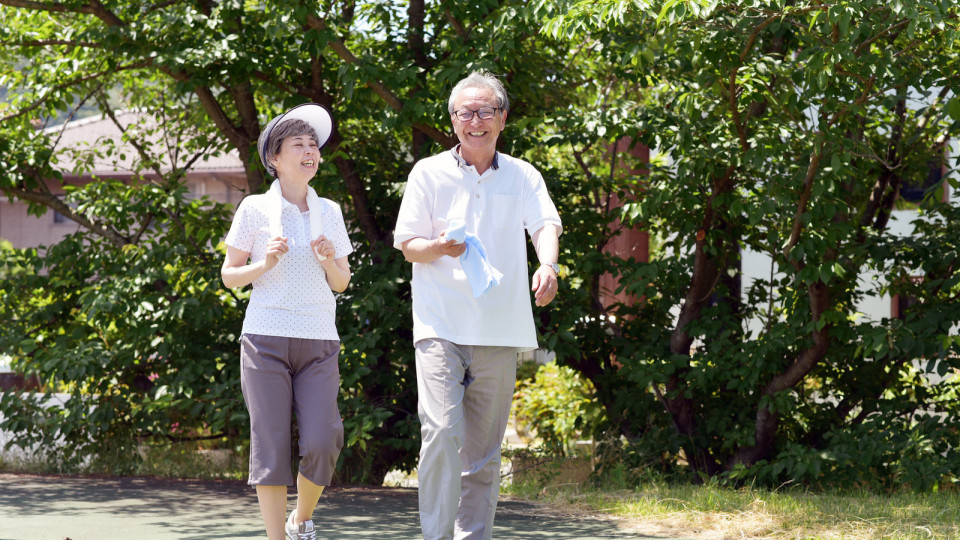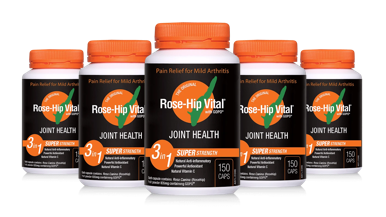Keeping Your Joints Happy: How Age Affects Mobility

Our bodies are incredible machines, but like any machine, they wear down with time. As we age, one area that can be especially susceptible to these changes is our joints. The good news? Understanding how age affects joint health can empower you to take steps to keep them moving smoothly for years to come.
What Happens to Our Joints as We Age?
Joints are the hinges that allow our bodies to bend and move. Healthy joints are cushioned by cartilage, lubricated by synovial fluid, and supported by strong muscles and ligaments. But as we age, several things can happen:
1. Cartilage Breakdown
Cartilage, a resilient and smooth tissue covering the ends of bones, serves as a crucial shock absorber and friction reducer within joints. Unfortunately, as we age, the natural wear-and-tear process can lead to the thinning and deterioration of cartilage. This phenomenon, commonly referred to as osteoarthritis, involves the breakdown of cartilage over time, resulting in increased friction between bones during movement. Consequently, individuals may experience joint stiffness, discomfort, and reduced flexibility.
2. Fluid Loss
Synovial fluid, a viscous substance found within joint cavities, plays a pivotal role in lubricating and nourishing cartilage, facilitating smooth and pain-free movement. However, with advancing age, the production and quality of synovial fluid may diminish. As a result, joints may become less lubricated and more susceptible to friction, leading to stiffness and discomfort, particularly during activities requiring repetitive motion.
3. Muscle Loss
Muscle weakness, a common consequence of aging, can have profound implications for joint health and function. As muscle mass and strength decline with age, joints may bear a greater burden during movement, leading to increased stress and strain. This heightened load on joints can contribute to pain, instability, and a higher risk of injury. Furthermore, weakened muscles may fail to adequately support and stabilize joints, further exacerbating joint-related issues and impairing mobility.
4. Ligament Tightening
Ligaments, fibrous bands of connective tissue that connect bones and provide stability to joints, can undergo changes with age. Over time, ligaments may become less elastic and more rigid, resulting in decreased flexibility and range of motion. This tightening of ligaments can restrict joint mobility and increase susceptibility to strains and sprains, particularly during activities involving sudden or forceful movements.
Together, these age-related changes in joints can significantly impact mobility, function, and quality of life. While aging is inevitable, maintaining a healthy lifestyle, engaging in regular exercise, and seeking appropriate medical care can help mitigate the effects of aging on joint health and preserve mobility for longer.
Don't Let Age Dictate Your Mobility!
While the natural changes that occur with age may affect joint health and mobility, proactive steps can help maintain and even improve joint function. Here's how to keep your joints healthy and maintain mobility as you age:
Stay Active
Regular physical activity is essential for joint health. Exercise strengthens muscles surrounding the joints, improves flexibility, and helps maintain a healthy weight, reducing the strain on joints. Opt for low-impact activities such as swimming, walking, and yoga, which provide the benefits of exercise without placing excessive stress on joints.
Maintain a Healthy Weight
Excess body weight can exacerbate joint pain and increase the risk of developing conditions like osteoarthritis. By maintaining a healthy weight, particularly through a balanced diet and regular exercise, you can alleviate pressure on weight-bearing joints such as the knees and hips, promoting joint health and mobility.
Eat a Balanced Diet
Nutritional support is crucial for maintaining strong bones and joints. A diet rich in fruits, vegetables, whole grains, and lean proteins provides essential nutrients like calcium, vitamin D, and omega-3 fatty acids, which are vital for bone and joint health. Additionally, certain foods such as fatty fish, nuts, and seeds contain anti-inflammatory properties that can help reduce joint inflammation and pain.
Listen to Your Body
Pay attention to your body's signals, especially when it comes to joint pain. If a particular activity causes discomfort or exacerbates joint pain, take a break or modify the activity to avoid further strain on the joints. Ignoring pain can lead to further damage and may exacerbate joint problems in the long run.
Consider Supplements
In addition to a healthy diet, certain supplements can provide additional support for joint health and overall well-being. Rose-Hip Vital® with GOPO® is a 100% natural, plant-based anti-inflammatory and immune system support made from Rosehips manufactured with patented extraction and drying processes, Rose-Hip Vital® with GOPO® is scientifically and clinically proven to reduce inflammation, protect cartilage, improve general health and improve performance.
Remember, a proactive approach is key to maintaining healthy joints throughout your life. By incorporating these tips into your routine, you can keep your joints moving freely and continue to enjoy an active lifestyle!



